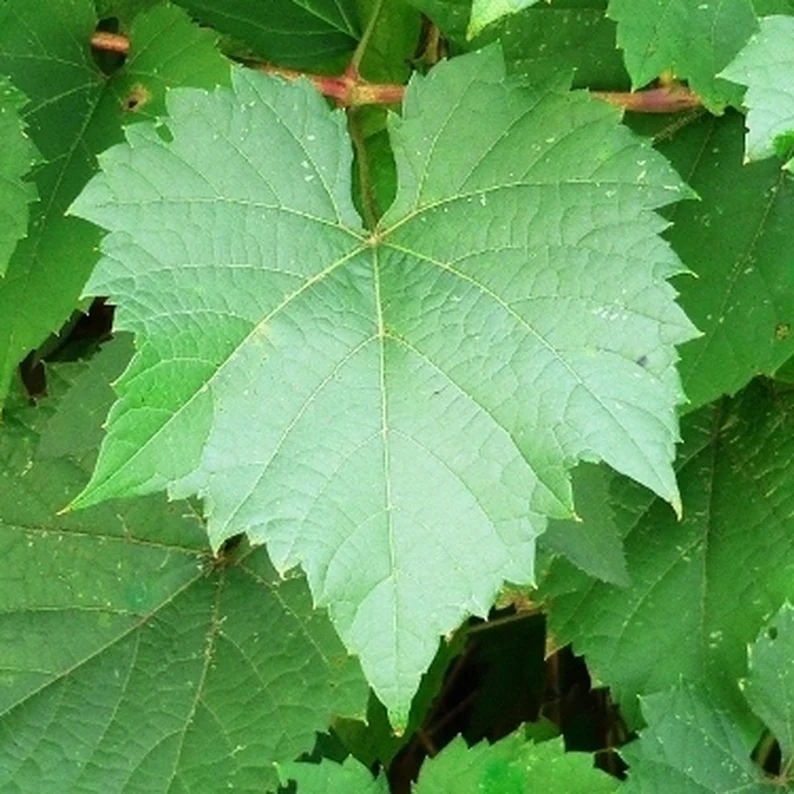I first want to say how much I applaud our farmers given the challenges that they are facing during these sobering times. We’re here to help in any manner we can.
In a year of cooler temperatures and unexpected rainfall, it’s very important to help our crops catch up. Or as they say, crops catchup and tomatoes ketch-up. The focus should be to get our crops photosynthesizing at full throttle. However, specific micronutrient deficiencies can inhibit the performance of the plant’s solar panels.
One solution, let’s get more from the sun! Potassium, zinc, copper, iron, and manganese nutrient deficiency are more prevalent where soils are wet, cold and saturated. When plants experience saturated, cool soils, their metabolism declines causing reduced root activity and nutrient uptake. Crops will begin to show a more pale leaf color, going away from the dark green spectrum that helps to maximize a leaf’s ability to photosynthesize.
We’re learning that even small deficiencies in micronutrients can dramatically impact the growth and performance of our crops. It’s also clear that no micronutrient stands in its own silo, key mineral reactions are essential for each mineral to be in a position to make its greatest impact.
For example, zinc is closely correlated to copper as it helps flowering and pollination but is also useful for bud embryo development. Copper can help alleviate perceived zinc deficiencies. Meanwhile, copper interacts with iron and is important for photosynthesis. It also provides leaves with flexibility and elasticity to help maintain the solar panel integrity, for example, in heavy winds. Iron draws energy to the leaf by absorbing heat from the sun. It’s necessary for the maintenance and synthesis of chlorophyll as it plays an important part in building the chlorical molecule. Low manganese impacts photosynthesis as it plays a key role in activating a number of enzymes, including some related to photosynthesis and it’s an important component in chloroplasts. Chloroplasts work to convert light energy of the sun into sugars that can be consumed by plant cells.
Foliar fertilizers are an excellent way to get things photosynthesizing and this has a cascading impact on the plant as more sugars are produced that exudate via the roots into the rhizosphere that feeds the microbial community that more effectively mineralizes nutrients making more of them available to the plant when needed. All of the engine parts begin to work together as photosynthesis surges.
We offer some of the best foliar fertilizers in the industry including Agrostim 10.25-6.60-5.40, Supergrow 6-2-12 and Agroprime 11.15-0.25-3.75. In addition, many of the metabolites and plant growth factors produced by microbes in MetaGrow ST earthworm casting based compost tea provide cold stress tolerance to plants. This is in part to physiological responses encouraged in the plant and from increased Brix in the sap of the plant which lowers the freezing temperatures.




